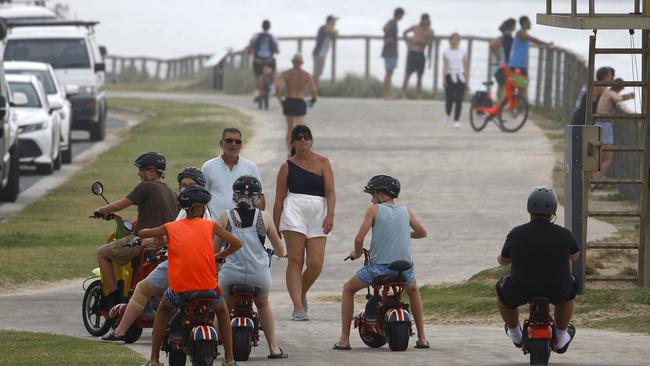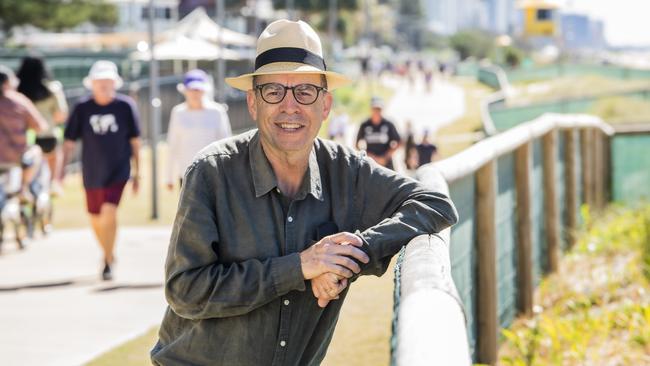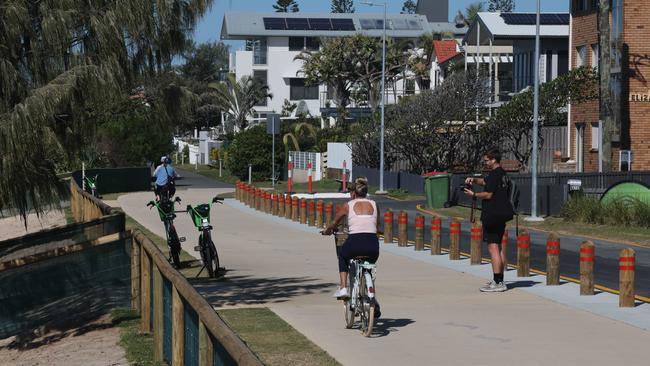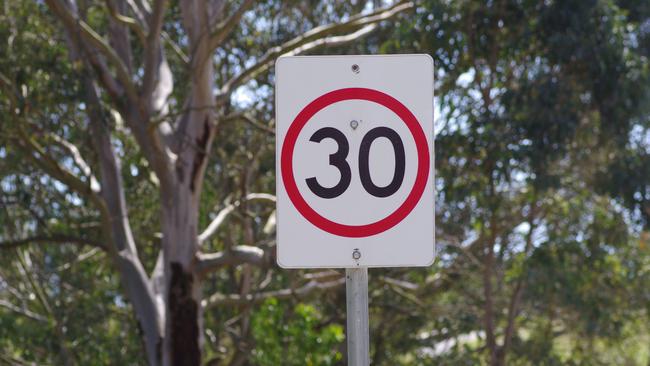Why we should look at 30km/h limits on some city streets
This road rule is controversial – but it’s something we should consider for some busy Gold Coast streets, writes Dr Daniel O’Hare.

Gold Coast
Don't miss out on the headlines from Gold Coast. Followed categories will be added to My News.
After another series of horrifying accidents involving e-scooters and e-bikes, the Queensland Government’s decision to launch a landmark parliamentary inquiry is a welcome one.
Eight riders died last year, injuries to riders, passengers and pedestrians have risen 112 per cent since 2021, and hospital presentations due to e-bike or e-scooter injuries have also doubled.
It’s clear that action is needed to help keep Queenslanders safe. E-bikes and scooters aren’t going away – our streets and our society are going to have to adapt.
The relationship between drivers and cyclists is already fraught, as lack of appropriate road infrastructure and, at times, poor behaviour on both sides frustrates motorists and frightens cyclists.
So it’s no surprise that these newcomer modes of transport, e-bikes and scooters (known as e-mobilities), are creating a whole new set of complications.
We’re still working out how trams, cars, pedestrians, bikes, taxis and delivery trucks can share space on our increasingly crowded roads and footpaths.

Despite making huge strides towards accommodating different modes of transport from walking to cycling to buses and trams, most Australian cities are still car-dominated cultures.
The Gold Coast is no exception. Getting around our suburbs and streets without relying on a car can be tricky, so e-scooters and e-bikes fill a gap.
They’re convenient, fun and relatively cheap. An e-scooter can replace a car for short local trips, saving cost, air pollution, fuel use, road space and parking space.
An e-scooter can extend the catchment of public transport around Gold Coast light and heavy rail stations. Parents report being freed from parental taxi duties as high school kids like the freedom of getting themselves to school, to after-school activities, part-time jobs and social outings.
But there is no escaping the serious safety concerns they raise.
Just last month a 12-year-old Queensland girl died after a crash between her e-scooter and a car.
The growing number of incidents is a clear sign that more work is needed if these popular new devices can play a role in our transport network safely and this parliamentary inquiry is an excellent step in the right direction.

As someone who has extensively researched urban planning and design, I have a few suggestions for how we can make cities like the Gold Coast safer, kinder places for all modes of transportation.
The question of how to accommodate new forms of transport like e-bikes and scooters brings us back to an uncomfortable everyday reality – that we have rarely worked out a fair balance for the existing travel modes.
Our roads and streets are simple, but the problem of providing for diverse travel modes is a complex one.
A starting point should be that pedestrians take priority: footpaths and sidewalks take their name from this primary means of moving around in urban places.
Around the world, the best and most popular, most desirable, urban places are those where walking is prioritised. Ideally, the only wheels we want to see in a pedestrian area are on prams, strollers and wheelchairs.
The only motorised vehicle on footpaths should be the motorised wheelchairs of the mobility-impaired. Pedestrian spaces are sacrosanct. There are different types of pedestrians, and they should be able to move unpredictably without fear of being hit by a fast-moving scooter or bike. Sociable people stop and talk to friends, people stop to admire the view, older people waddle and toddlers toddle, sometimes darting out into the path of bikes and scooters.
The slowest moving pedestrians are walking, not running. A basic rule of thumb is that those moving faster, including runners, look ahead and deviate so that walkers can walk.

Where pedestrian spaces are shared, as on the Oceanway, the pedestrian priority needs to be maintained so that bikes and scooters are encouraged to move slowly in areas with high pedestrian volumes or where pedestrians join the path – by a combination of path design, signage and sometimes line-marking, and especially by developing a culture where walking is respected.
This last aspect, the most important, is also the most difficult and must be constantly promoted, practiced and renewed.
Now for the most controversial recommendation. Where cars, bikes and pedestrians all come together, e.g. in our local shopping centres and around schools, it’s time for us to bring local speed limits down to 30km/h.
Infrastructure Victoria released its 30-year plan in March and called on the State Government to reduce speed limits to 30km/h on city streets statewide.

I’m not advocating anything quite so drastic, but this move in high pedestrian activity
areas like shopping streets and school zones would enable bikes and scooters to share
the main traffic lanes with cars, as the speed limit would be safer for this type of sharing.
According to the Australasian College of Road Safety, a person hit by a car at 30km/h
has a 10 per cent chance of being killed, compared to around 40 per cent chance at
40km/h and over 80 per cent chance at 50km/h.
This change would also leave the footpath as a pedestrian only space and recast the
whole street as a safer and more sociable environment. Such a move is supported by
the World Health Organisation (WHO) and the OECD, and cities around the world are
making this move.
Research clearly shows we need a two-pronged approach that focuses on both
infrastructure and behaviour.
If we can all make an immediate start on the behavioural changes while we advocate for
infrastructure and policy to catch up, we can continue to enjoy the convenience and
accessibility of new transport modes while keeping people safe.
Dr Daniel O’Hare is Associate Professor of Urban Planning at Bond University.
Originally published as Why we should look at 30km/h limits on some city streets



